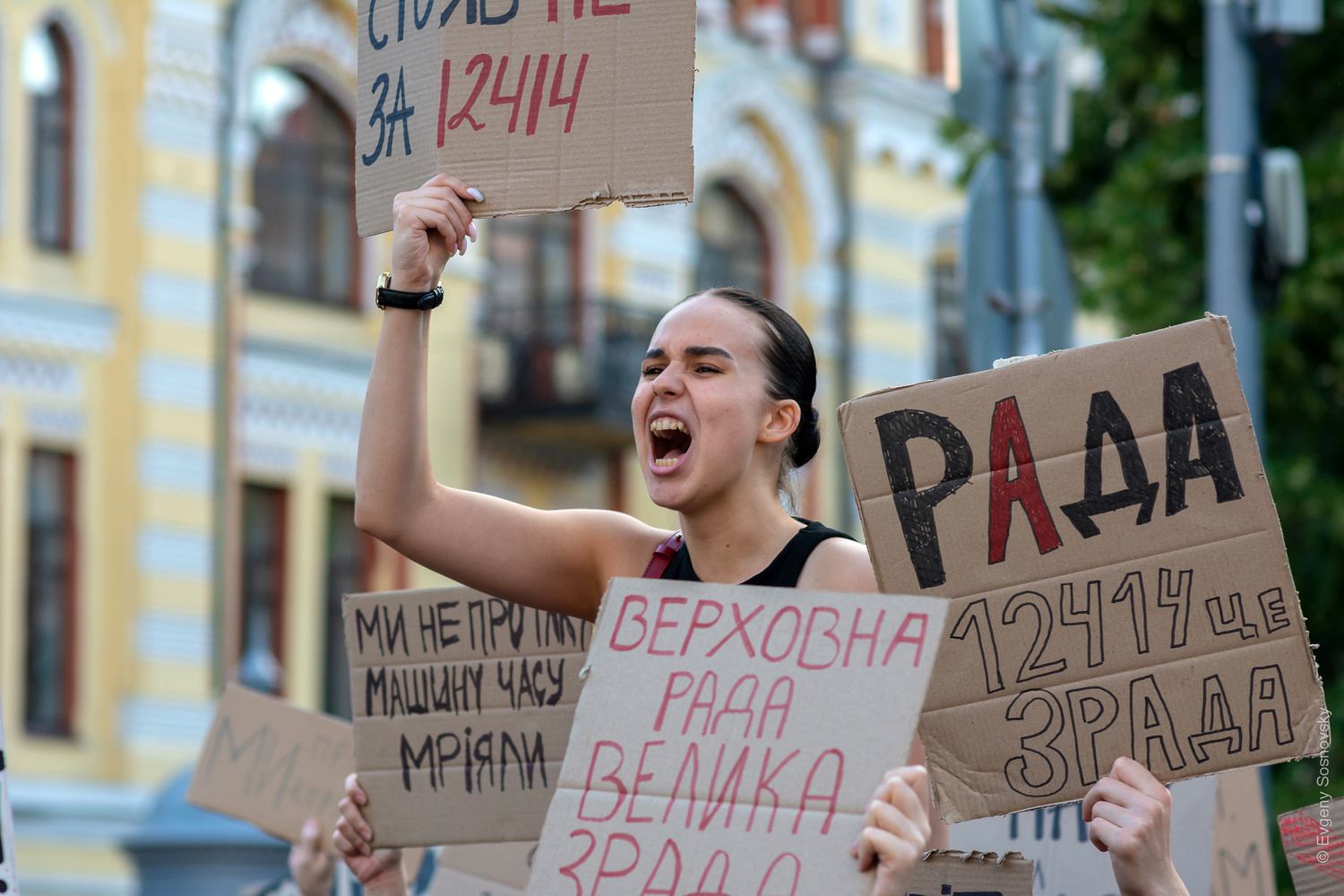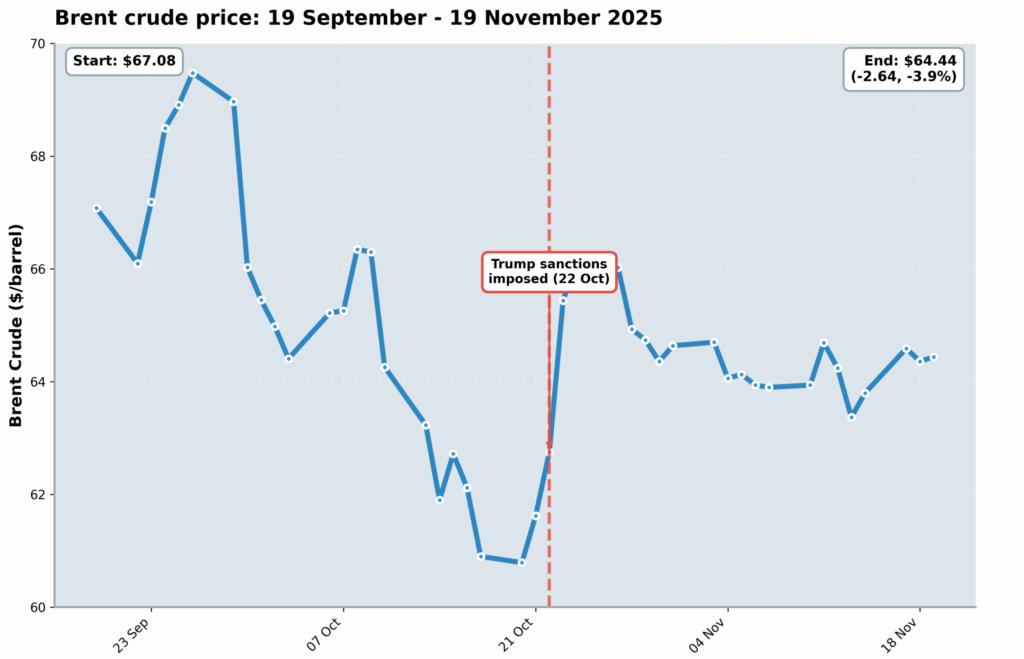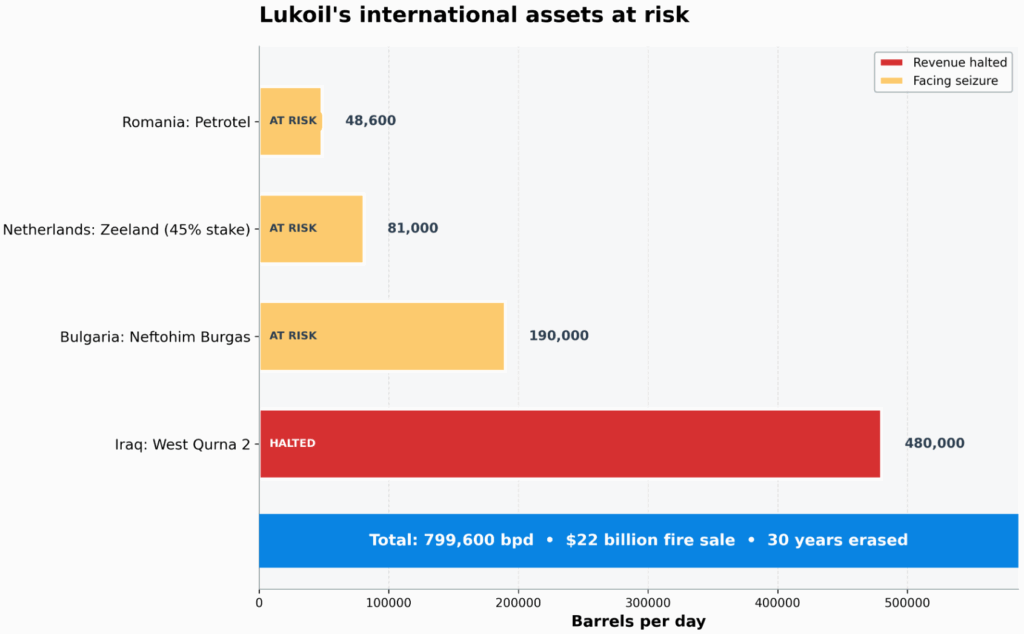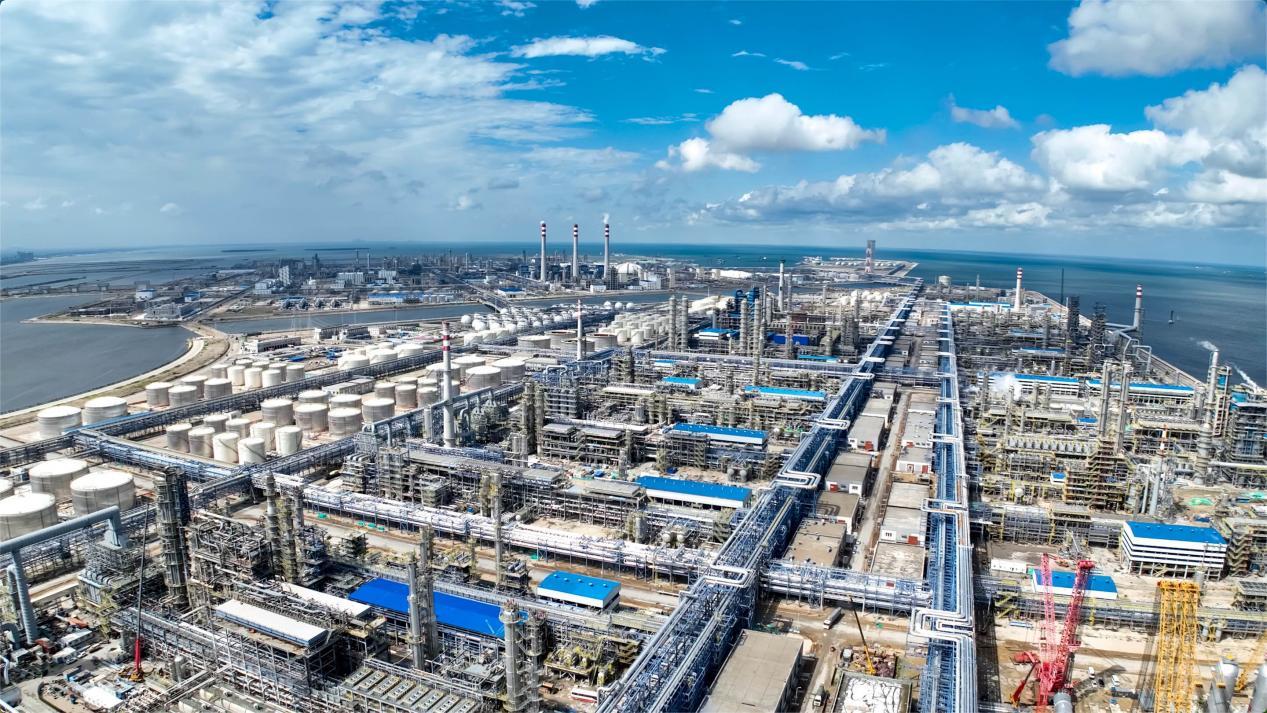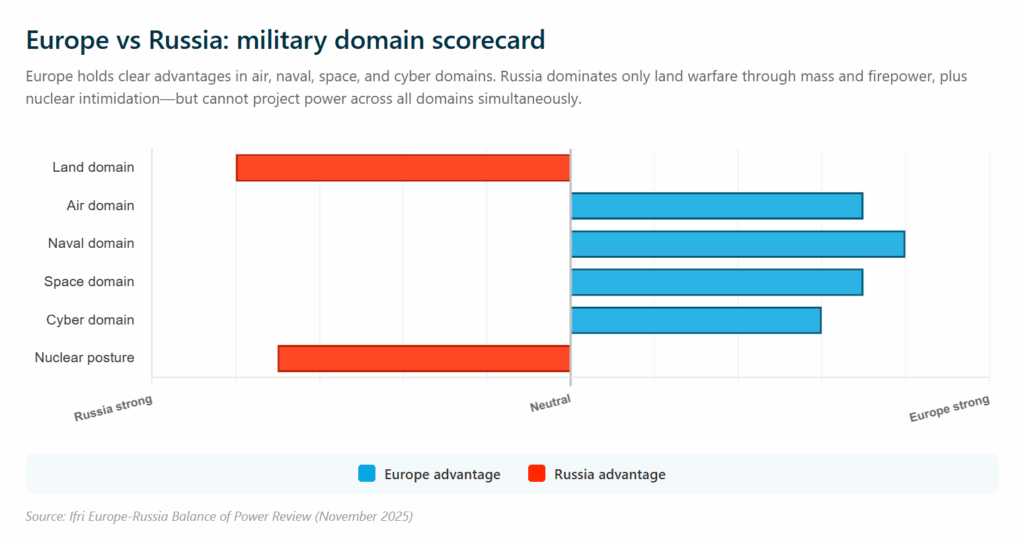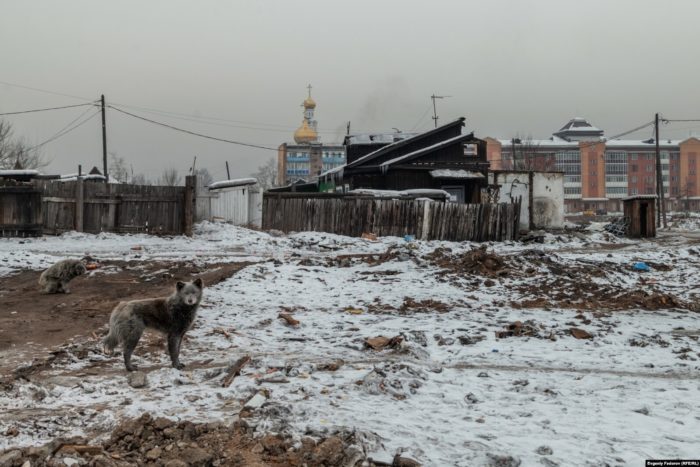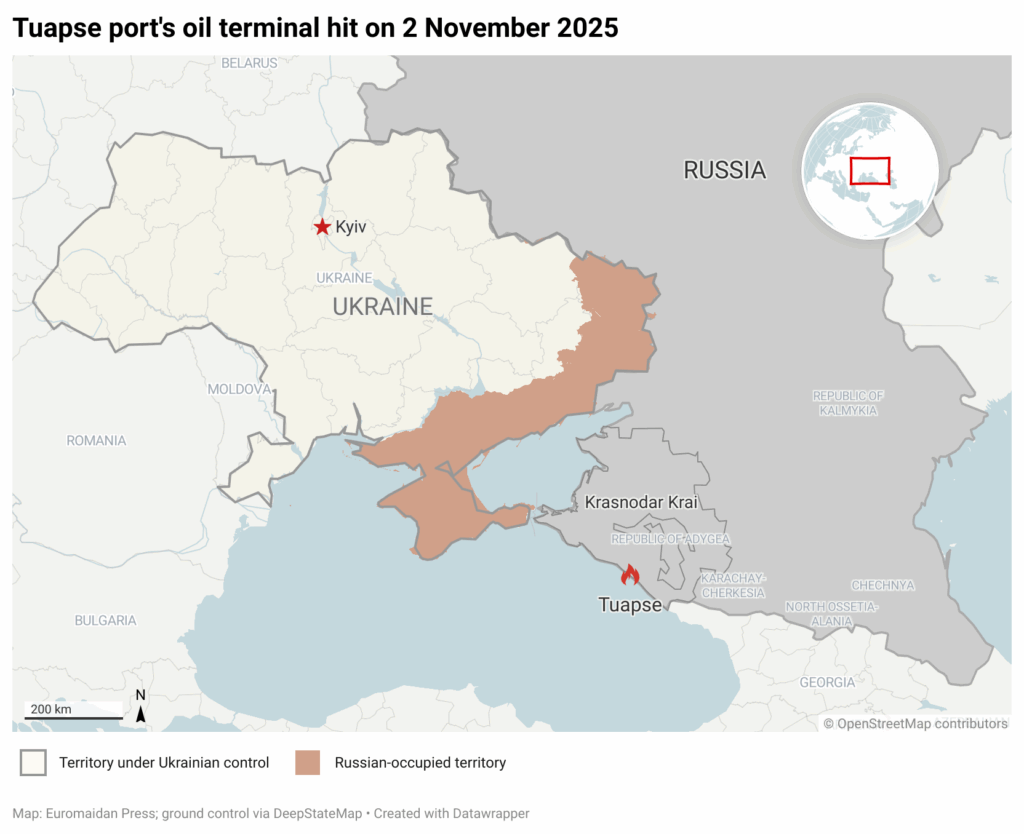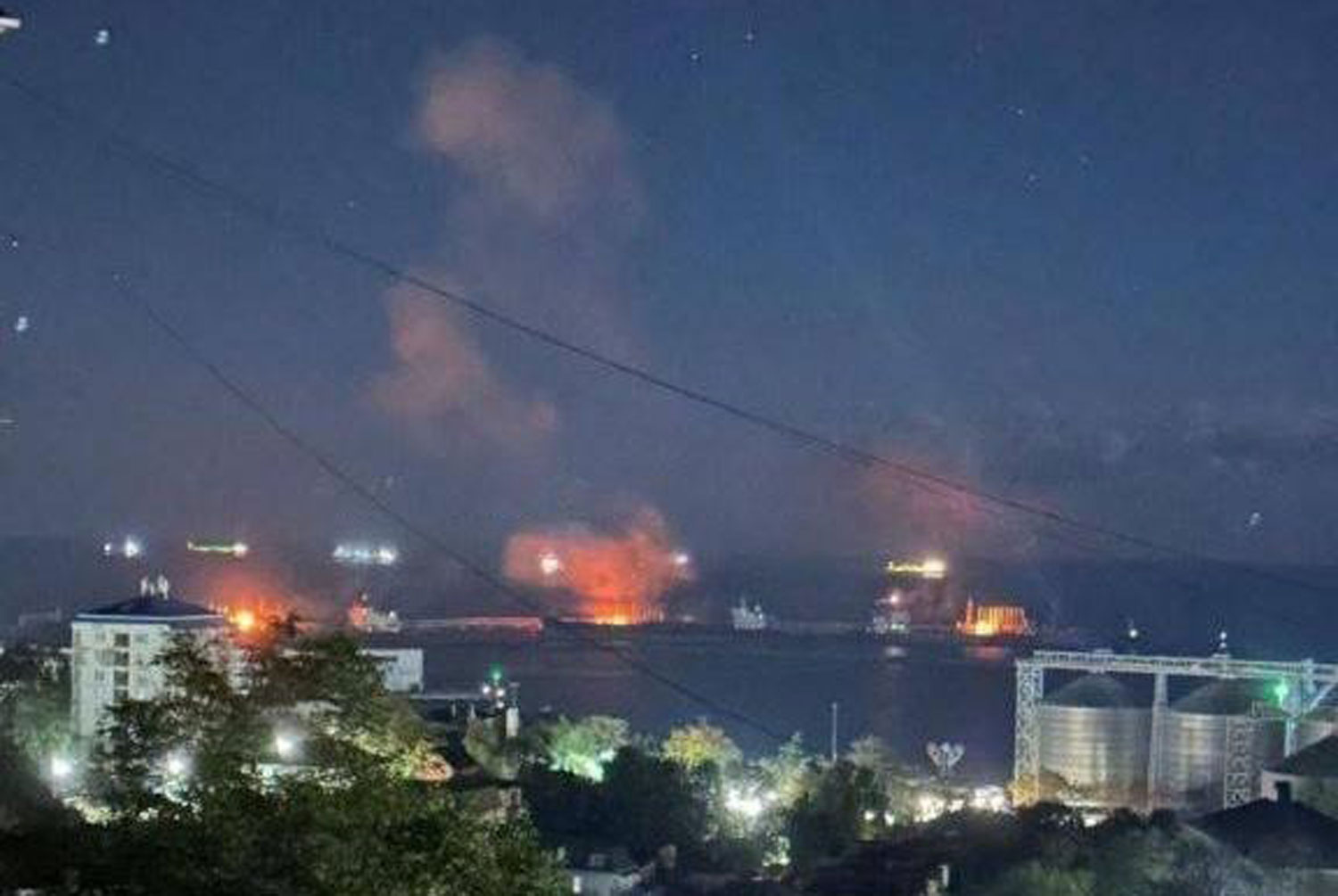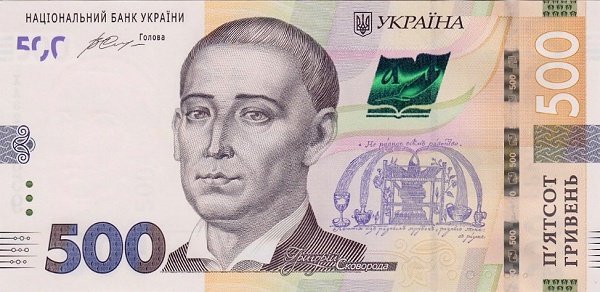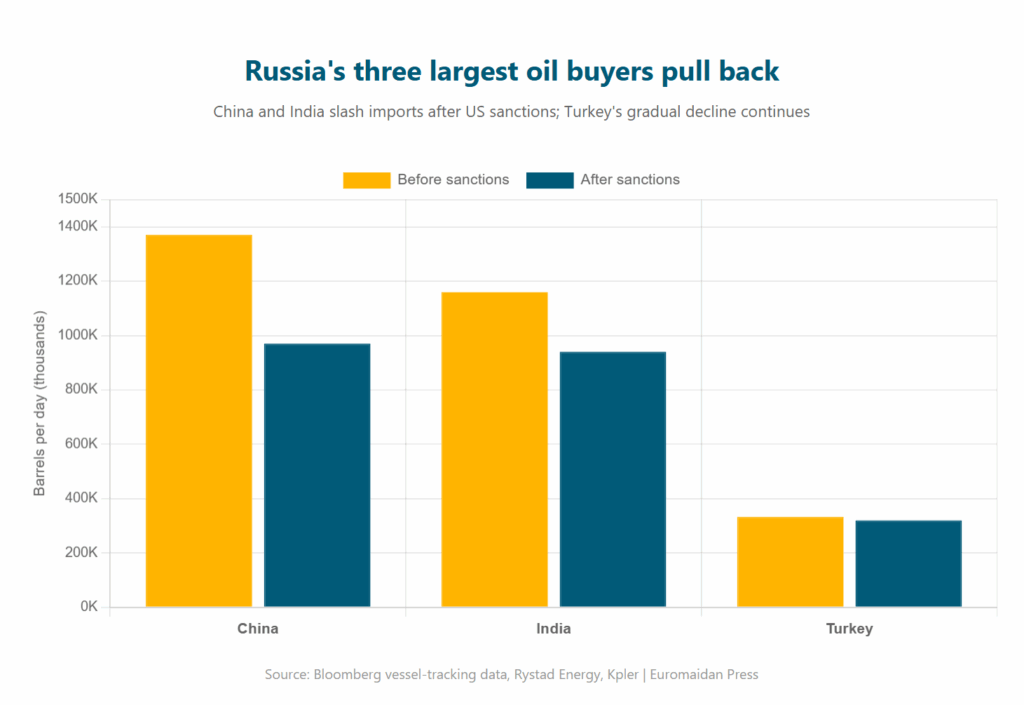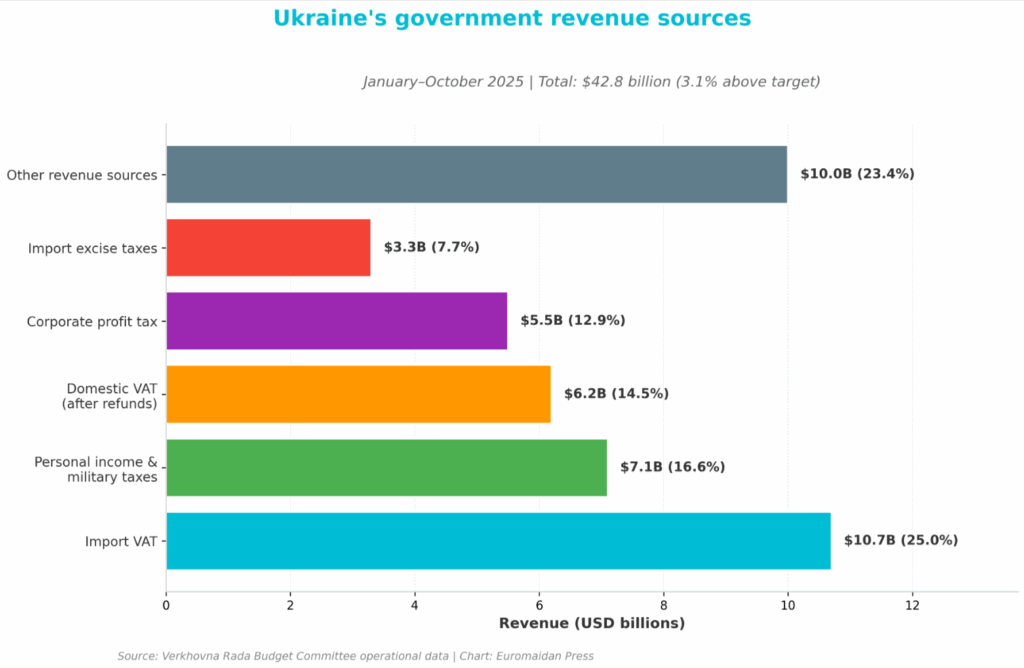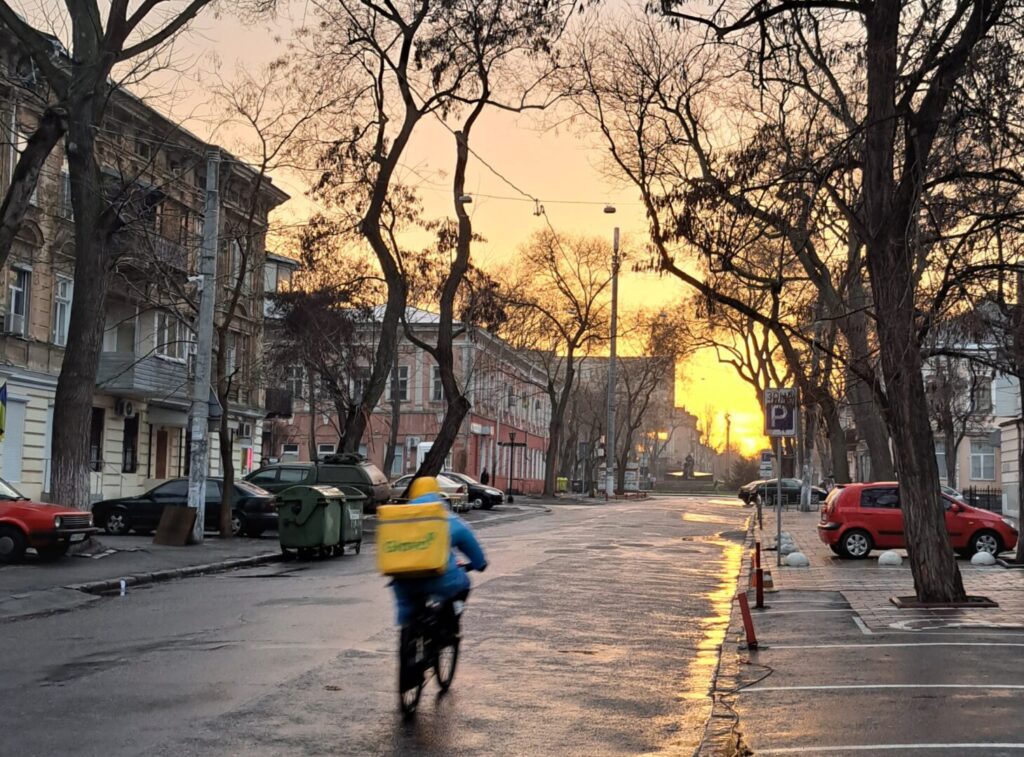Ukraine faces existential pressure—and still jails the detectives who exposed a $100M corruption scheme
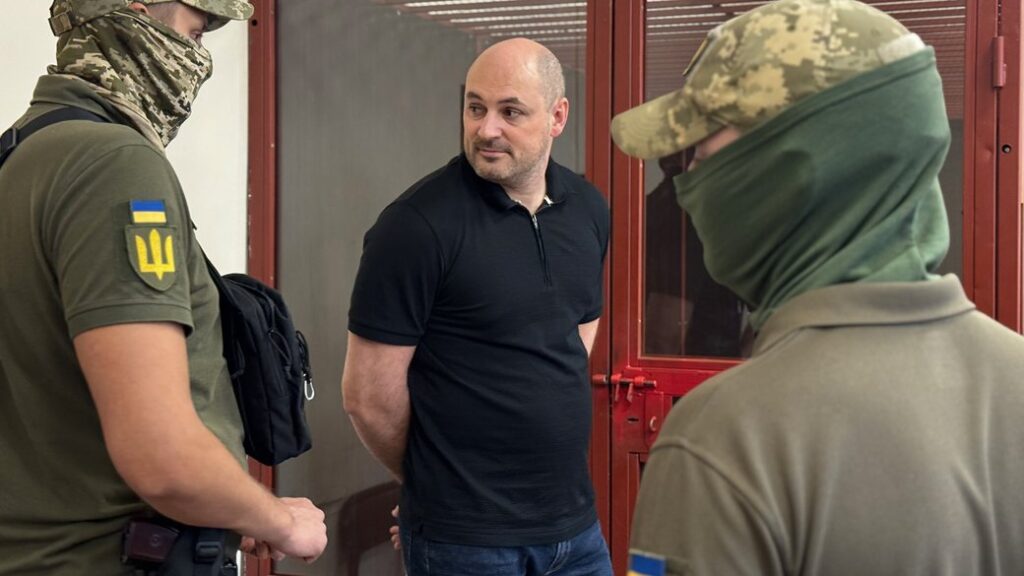
Two NABU detectives remain imprisoned four months after organizing the Operation Midas that exposed Ukraine’s $100 million nuclear corruption scandal. Both face espionage charges filed in July, four months before their investigation toppled ministers and triggered Ukraine’s governmental crisis. Neither case has produced evidence.
Detective Ruslan Mahamedrasulov organized the operational information gathering that led to the raids exposing systematic kickbacks at Energoatom. Detective Viktor Gusarov worked alongside him on cases targeting officials close to President Zelenskyy. Security services arrested both in July’s crackdown.
Deputy Prosecutor General Mariia Vdovychenko signs documents in Mahamedrasulov’s case.
Her brother, Oleksandr Levandovskyi, voluntarily obtained Russian citizenship on 4 April 2014—immediately after Russia’s occupation of Crimea—and began working in Russia’s military prosecutor’s office. Court documents from Russia’s Bashkortostan Republic confirm that Levandovskyi continues to work in the Military Prosecutor’s Office of the Central Military District as of early 2025.
Her father, Serhii Levandovskyi, also voluntarily obtained Russian citizenship in 2014 and operates businesses in occupied Crimea, including partial ownership of the “Kamelia-Kafa” hotel. The hotel’s VKontakte page publishes posts supporting Russia and celebrating “9 May” (Russia’s Victory Day). Four companies controlled by Serhii Levandovskyi paid at least 797,019 rubles ($9,894) in taxes to the Russian budget in 2024, according to data from the List-org website.
The Anti-Corruption Action Centre’s investigation, published on 7 November, exposed Vdovychenko’s previous claims that her brother and father hold only Ukrainian citizenship as false.
The Centre filed criminal complaints on 13 November for treason (against the brother) and collaborationist activity (against the father). Prosecutor General Ruslan Kravchenko has issued no response. Vdovychenko continues handling Mahamedrasulov’s case.
Pattern: All detained detectives investigated Zelenskyy’s circle
The July crackdown didn’t target random NABU employees. Security services arrested investigators handling cases involving officials close to President Zelenskyy.
Detective Mahamedrasulov documented Tymur Mindich, Zelenskyy’s business partner. Detective Ivan Kravchuk handled the case against former Agriculture Minister Mykola Solskyi. Detective Oleksandr Skomar investigated former Deputy Prime Minister Oleksiy Chernyshov, photographed as a guest at Zelenskyy’s birthday party during the COVID lockdown.
The common thread: all four detectives had documented officials in Zelenskyy's network before Security Services arrested them on espionage charges.
Detective Viktor Gusarov faces charges based on alleged information transfer from 2012 to 2015—before he joined NABU in 2016. Shevchenkivskyi Court extended Gusarov’s detention on 16 October for another 60 days without bail. “Materials on which the case is based were collected over 10 years ago, and until July 2025, nobody saw signs of state treason. In addition, in 2024, the Security Service confirmed Gusarov's access to state secrets,” the Anti-Corruption Action Centre stated.
Four months of silence
Mahamedrasulov’s interview, published by Suspilne on 18 November, revealed the cost of his detention. Throughout four months of court hearings, journalists repeatedly asked whether he had been documenting Mindich.
“Not once, not once did the NABU detective confirm this, so as not to put the investigation at risk,” wrote anti-corruption activist Vitaliy Shabunin on Facebook.
“A person was obviously illegally and unjustly detained, and didn’t defend himself so as not to disrupt the operation.”
Mahamedrasulov confirmed he “was involved in installing the necessary equipment in the right places so my colleagues could document all the scheme’s participants.” The investigation succeeded spectacularly—exposing schemes worth $100 million, toppling ministers, and triggering a governmental crisis. The detective who helped make it possible remains imprisoned.
July’s fabricated “Russian infiltration” claims
On 21 July 2025, Ukraine’s Security Service made dramatic claims about Russian infiltrators in NABU, justifying Law No. 12414, which brought anti-corruption agencies under the control of the Prosecutor General.
Zelenskyy signed the legislation immediately, declaring NABU would work “but without Russian influences that had to be removed.”
An Ukrainska Pravda investigation found the espionage claims fell apart under scrutiny. The Security Service claimed “at least 60 instances” of information transfer, but when NABU requested evidence, “they haven’t received an answer to this day.”
Mass demonstrations forced parliament to reverse the law after 10 days. But Mahamedrasulov and Gusarov remain imprisoned four months later, with no evidence presented against them.
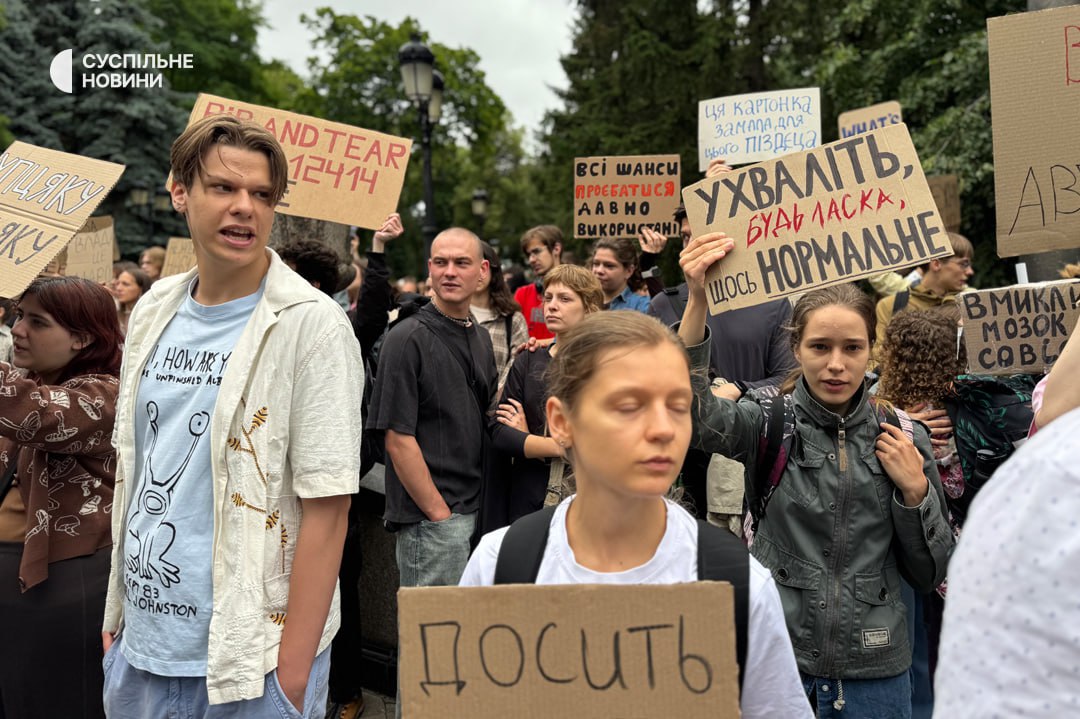
“Aren’t you tired of feeding people garbage?” Ukrainian parliament reverses anti-corruption law after street protests
“I became SBU’s target because of several cases”
Mahamedrasulov explained his arrest stemmed from multiple investigations threatening Security Service officials, not just Operation Midas.
“I was involved in documenting schemes that were essentially covered by SBU employees, particularly the wing of ‘kashniki,’ or the so-called political part of SBU,” he stated. These officials work “under the patronage of SBU head Vasyl Maliuk and his associate Serhii Duka.”
“Kashniki” refers to the SBU department fighting corruption—“korruptsiya” beginning with K in Ukrainian—who allegedly run corrupt schemes themselves. “Notably, the latter directly led the operation on 21 July regarding me and other NABU detectives,” Mahamedrasulov noted.
“‘Kashniki’ have considered me their personal enemy—which is why they took me first, having received carte blanche from the Office of the President to destroy NABU.”
During searches, Security Service officers seized his phones, hard drives, flash drives, and laptops. “Over the past four months, SBU employees gained access to a large volume of materials I was working on,” he stated. His sources now face “systematic pressure—searches, wiretapping, and surveillance—as revenge for cooperation with NABU.”
Accountability flows only downward
Ministers fell over schemes Mahamedrasulov helped expose. But no Security Service officials faced consequences for fabricating espionage charges. No investigation examined the “Russian infiltration” claims that justified July’s crackdown. Prosecutor General Kravchenko, appointed one month before the crackdown, has not responded to criminal complaints about Vdovychenko’s family ties to Russia.
The pattern exposes the cost of patronage-driven governance.
Zelenskyy’s reliance on loyal personal networks—solidified during wartime—conflicts with Ukrainian society’s demands for transparent, accountable institutions. Ukrainians have shown they’ll stand with Zelenskyy until victory, but not with his allies’ corruption.
The contradiction challenges claims of “functioning institutions”: ministers fell for corruption, but the detectives who exposed them remain imprisoned on fabricated charges, prosecuted by an official whose family serves Russia.
Mahamedrasulov and Gusarov remain imprisoned four months after Security Service sources themselves doubted the espionage charges.
Until accountability extends to those who fabricated charges, to prosecutors whose families serve Russia, and to the political leadership that authorized institutional capture, Ukraine’s anti-corruption success remains fragile—threatening the very EU accession prospects that depend on demonstrating sustainable reform.

